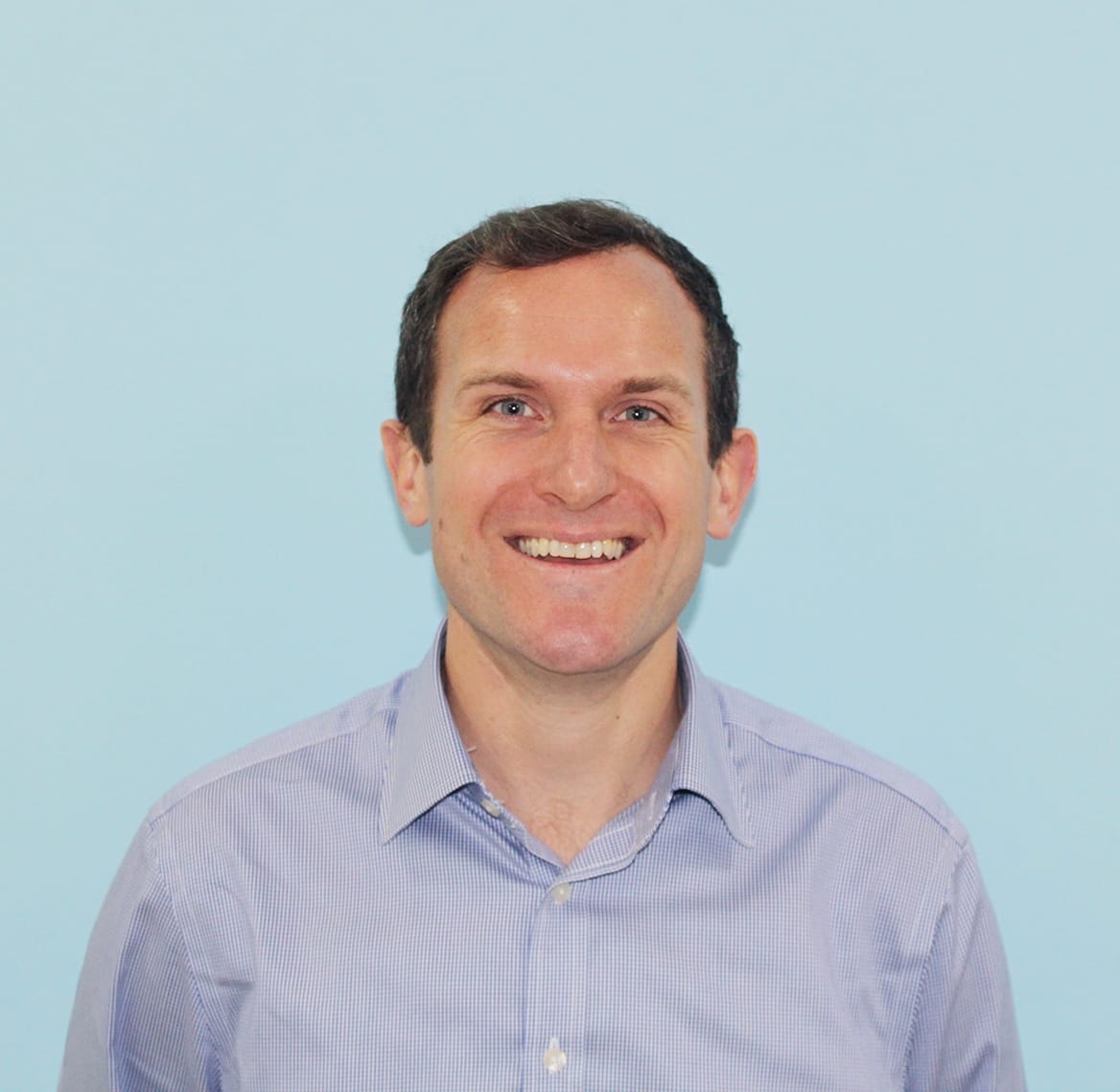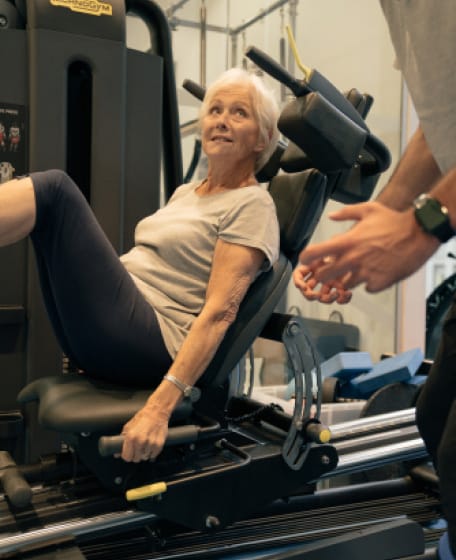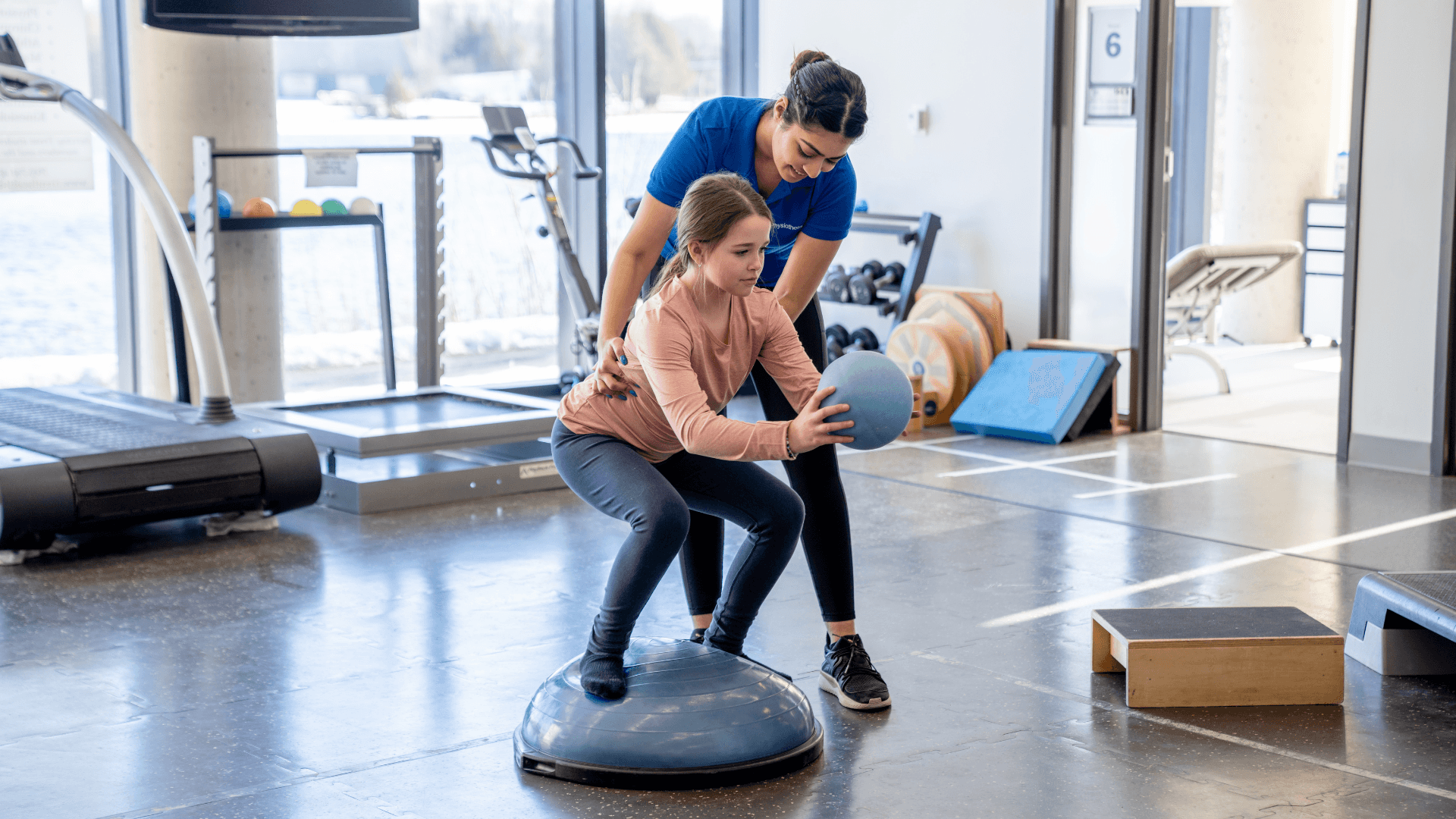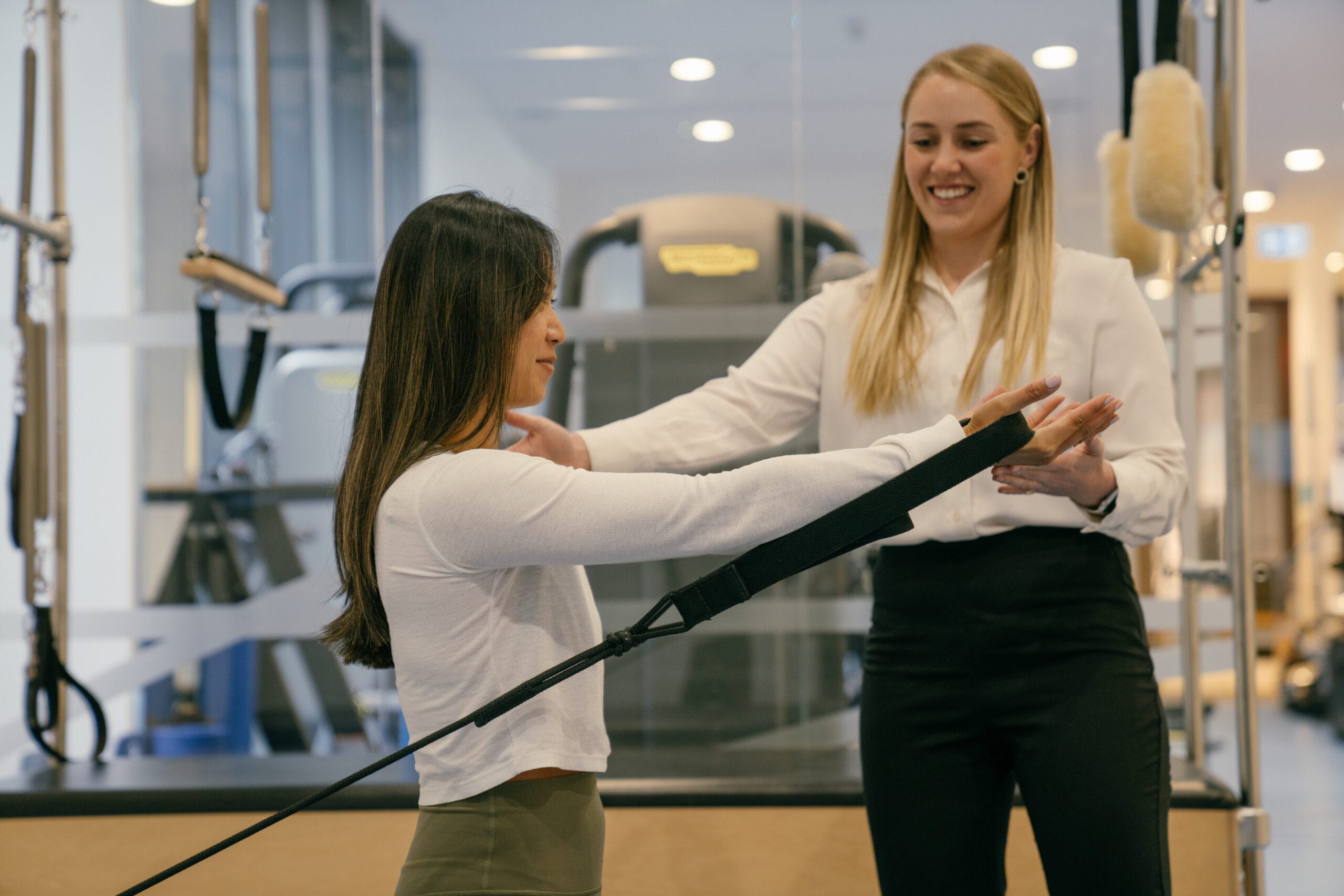PSM Interviews: Dr Simon Lack

Dr Simon Lack
Advanced Physiotherapy Practitioner & Head of Research
- 26 March, 2025
- Physiotherapy
- 7 min read
PSM Interviews: Dr Simon Lack
There is no shortage of clinical experience here at Pure Sports Medicine. We often share peer-reviewed articles via email and spread knowledge via CPD sessions. But what about our ideas, views and opinions?
Evidence-based practice is at the heart of what we do. At times, however, our experiences when working with patients may reflect neither the literature nor the rhetoric from experts. We all have personal biases, and our emotions play a part in every clinical encounter we have. For me, it is this nuance that keeps clinical practice interesting.
Busy clinicians seldom have time for small talk, beyond the occasional email or 140 characters. Over the coming months, I will meet a range of Pure clinicians and listen to what they have to say. The aim is to keep our clinical team connected and discover what makes us get out of bed in the mornings.
As most of you will know, Dr Simon Lack, PhD, is the joint head of research at Pure Sports Medicine. Simon is a clinical academic: He is a lecturer and co-ordinator on the MSc SEM course at QMUL. Clinically, Simon practises both at Pure’s city clinic and with scholarship athletes at the University of East London.
As physios, we are forever asking other people to exercise. Can you describe your own weekly routine?
This has dwindled significantly since having two kids. I run from Waterloo to my clinic at QMUL once a week. I’m not even sure how far that is – I haven’t dared to log it! (PW: I checked – It’s 3.8 miles). Handling my 4 month old also requires me to do multiple squats with around 5kg of weight, and I also spend plenty of time running after our three-year-old boy, who is a bundle of energy.
Are you a tea or a coffee man?
Coffee. I didn’t touch the stuff until I had children, and even now, if I have more than one a day, I’m buzzing and can’t get to sleep at night.
Have you ever suffered an injury that has affected your career direction or clinical interests?
I know a lot of people who have. Personally, I rowed competitively when I was at university and for several years afterwards. I hurt my back, as almost every rower does. I have also done a bit of running, and I get a bit of a dicky knee. I can’t say that I’ve gone into an area specifically because of an injury that I sustained, but the injuries that I sustained made me more interested in the role of physio and pain science in injury management.
Congratulations on completing your PhD. You recently described it as a “five year journey”. What were the main highlights and challenges that you faced?
Yes, it was back in 2011 that I first signed up for my PhD, and I finished it in January 2017. Firstly, I want to say that the overarching experience has been an extremely positive one. Over the five years, there have certainly been peaks and troughs. I certainly have fallen out of love with it and back in love with it again. The main positive for me is that it has opened up a whole other career path that I didn’t feel I would get solely through clinical work. I have been published in some well-respected journals and have spoken internationally. I have also worked with some fantastic people, like Dr Christian Barton in Australia and Dr Michael Rathleff in Denmark. These opportunities have been born solely from my PhD.
You have successfully made the transition to becoming a clinical academic. There is an established training pathway for this within medicine, but physiotherapists need to forge their own path. Do you think that physios will tread this pathway more frequently in the future?
I do hope so. I think there will always need to be a balance between academics and coal-face practitioners, who inform the work that we do. I feel passionate about engaging with clinicians, including those here at Pure, to make research part of our daily practice. I think this will help us inform and understand our own profession better by supporting what we do with scientific rigour.
Do you find that seeing patients yourself actually helps with the research process?
Yes and no! Sometimes, I find myself feeling that my academic work has improved my clinical skills. At other times, I find the volume of information on a subject overwhelming, and it feels as though the research might be distracting me from delivering good patient care. One thing I focus on is how to integrate what we are learning from a scientific perspective into patient care. The more I have been exposed to the academic world, the greater this skill of research synthesis has had to become. At times, this has been something that I have struggled with. The skill is in translating a concept that you have understood into helping a patient recover more quickly. I don’t think this is easy, but I continue to work at it!
So would you say that you have developed more as a practitioner from seeing patients or from reading and conducting research?
I think that you can be a very reflective practitioner and benefit from the experience of experience. However, I believe wholeheartedly that true learning from clinical practice and improving your delivery of care requires meaningful reflection on a day-to-day basis. This is something I am focusing on in the MSc programme at QMUL. So, I think that reflective practice is critical whether you are actively involved in research or not. The next level is to try and triangulate your reflection with the literature and then apply this back to your patient.
When I was a junior physio, we used a lot of treatment protocols, but I feel that this is definitely something we have moved away from. How do you use evidence to individualise patient care?
Individualising patient care is one of my interests. In the past, I have described physiotherapy as pendular. We swing towards something like manual therapy, then away again into exercise therapy, then on to the next thing that comes along. When something new comes along, it is important not to forget the previous treatments that you found helpful in selected cases. I’m pretty convinced that we don’t have a panacea. I prefer to sit in the middle and consider the relative merits of each treatment to the individual in front of me. I think it’s important to be open-minded about the breadth of methodologies for delivering care. Education is critical. Exercise interventions and adjuncts are critical for some patients more than others. It is important how we ask questions and assess individual patients. For the last patient I saw today, the most important aspect of the consultation was calibrating what his particular symptom represented and meant to him. The literature suggests that the belief he held was unhelpful for his recovery, so we had to challenge that in an appropriate way.
You mentioned the importance of how we ask questions. Do you think that research has influenced how you communicate with patients?
I would say yes, because I feel that I have more information to disseminate. I am very conscious that there is only a certain amount that people will take on board and a certain amount that is helpful. Through my academic development, I have definitely gained knowledge, but what is taking time is for me to take that information and translate it into something meaningful for the patient sitting in front of me. I think that communication is a skill in itself. The subtle side of communication is to be able to pick up on cues, to relay important information and to notice when perhaps you are challenging something a little too much.
Are there any commonly practised areas of physiotherapy that you think future researchers will discredit?
Personally, I think we could make a claim that anything has an effect. Whether or not that effect is a placebo, I don’t think there is anything that will never be used again. I do think that certain things will be proven more effective than others through a process of scientific rigour. One of the priorities for our research group at QMUL is to look at treatment mechanisms and understand how this stuff is having an effect. If the placebo effect of one treatment is greater than the placebo effect of something else, then fine, but hopefully, we will see that some treatments also have a specific mechanism in addition to a placebo effect, for example, kinematics or endorphin release, etc. Hopefully, a better understanding of treatment mechanisms will help us tailor our patient care according to their primary driver.
We have talked a lot about individualising patient care. In the research world, interventions can be extremely specific in terms of rest periods, time-under-tension, etc. How specific are you when treating patients, and how much do you think they stick to your plans?
I try to be clear and precise, not only to try to maximise the physiological effect of the intervention but also to improve compliance. I think there is a need for precision, but I do try to keep it as simple as possible. If someone requires exercises, I will seldom give them more than three when we first start out. I try to be as clear as possible and also to explain why I am recommending a particular dose of exercise. A lot of our understanding of this is theoretical at the moment, and in fact, a focus of my research is to understand how critical this dose actually is. I also think that patients are a lot more compliant when our explanation of their treatment is done well.
I wanted to finish our conversation by talking about knees. So, after years of researching patellofemoral pain, are you still interested in it?
Yeah, I see a lot of people with knee pain, but despite this, the variety of presentations is still high. I see varying levels of pain and pathology. It’s not all PFP, so there are still the challenges of differential diagnosis and clinical reasoning. My thesis was looking at the interaction of the hip and foot in people with PFP, which has kept my exposure to lower limb injury broad, and there are still many questions around patellofemoral osteoarthritis. Is PFP on a continuum with PFJ OA? What is the PFJ’s contribution to symptoms in those with knee OA? The answer to these questions might further increase the importance of managing PFP well at a young age. So yes, there is plenty of scope to keep me interested.
We’ve talked a bit about the kind of patients that you treat. Can you describe an ideal patient to refer to you?
Naturally, I’m drawn towards the knee. I’m more than happy to try and help out patients with recalcitrant knee complaints. I have particularly enjoyed doing joint sessions to share ideas and try to work out how we might manage these patients better, so my door is always open.
Do you have any final tips on managing PFP?
If a patient is not getting better, try revisiting what you initially hypothesised was the patient’s primary driver of symptoms. The patient’s condition may well have evolved over time. It may also be that there is a mismatch between what you and the patient consider to be a successful outcome. At times, I find that the psychological element to an individual symptom can be overlooked.
Simon, thank you very much for talking to us!
To see the full interview, please click here.

Advice
Over the last 20+ years our experts have helped more than 100,000 patients, but we don’t stop there. We also like to share our knowledge and insight to help people lead healthier lives, and here you will find our extensive library of advice on a variety of topics to help you do the same.
OUR ADVICE HUBS See all Advice Hubs

